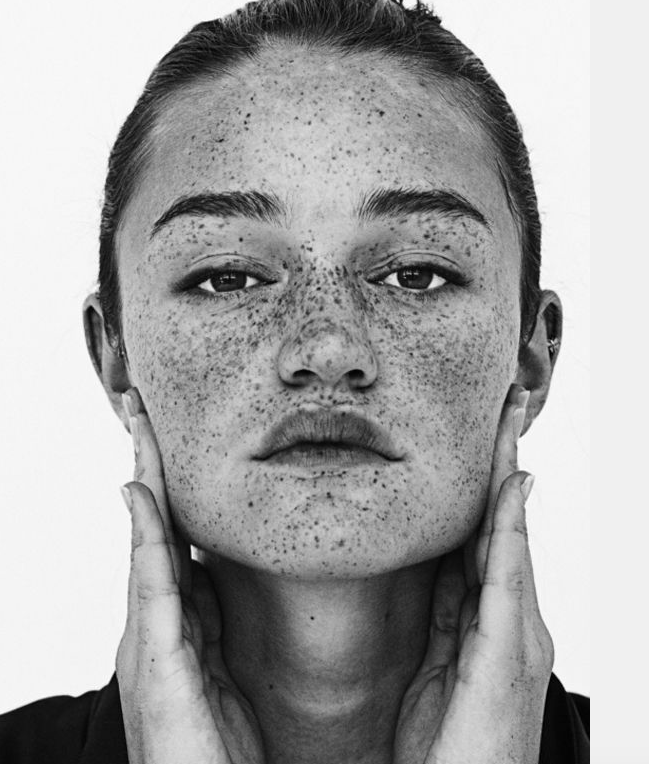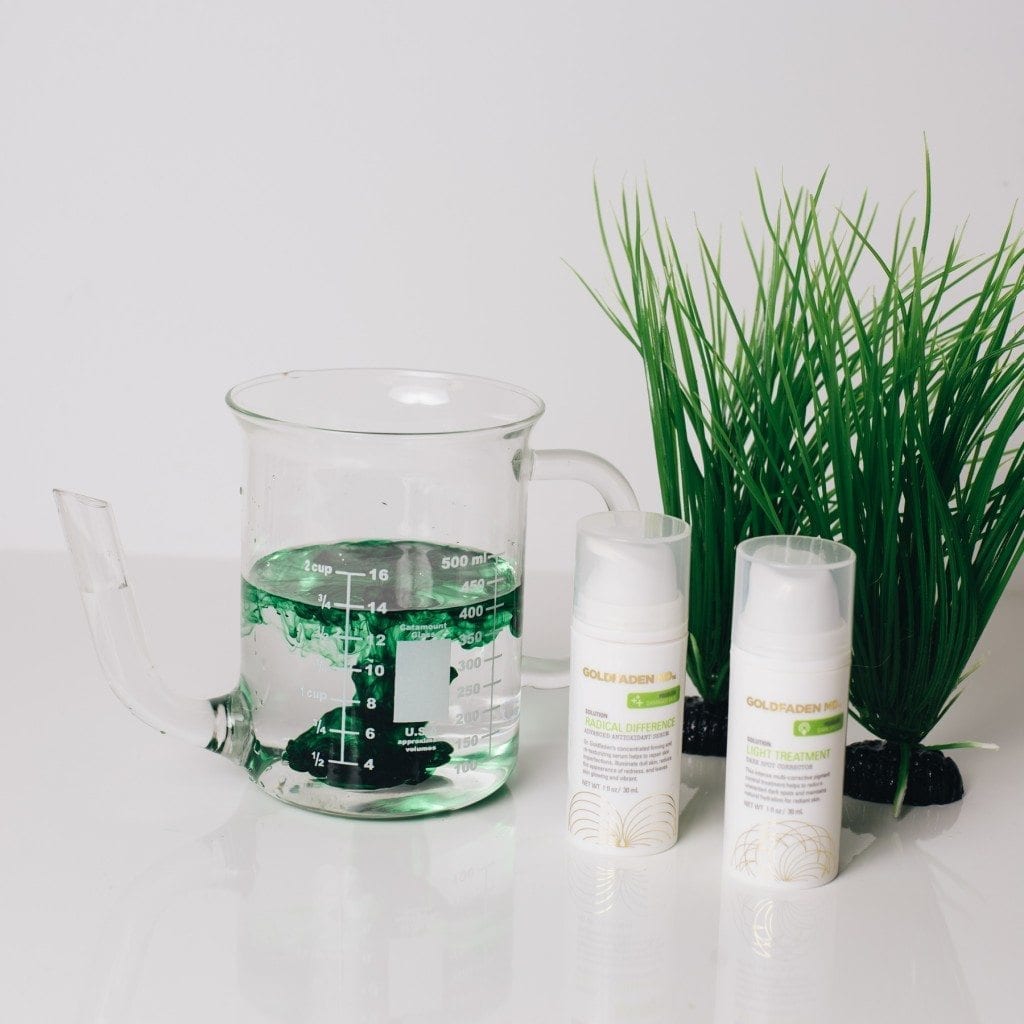Summertime means more time outdoors in the sun, water and heat. Taking sun safe precautions is the most important step but what about easing up on all the beauty treatments that can cause annoyance and waste time during summer months. Skin, hair and nails all need a break and summertime is the best time to utilize warm temperatures and humidity.
 Photo via Dust Jacket
Photo via Dust Jacket
As skin regimens change in the winter they also need to be adjusted for the summer. If you live in an area with high humidity ease up on the heavy moisturizers and protective oils. Heavy hydrating products can cause clogged pores and breakouts during warm months. Try transitioning into a hydrating serum that contains lightening agents like Alpha Arbutin or Kojic Acid. Not only will this eliminate one step from your regimen but a treatment serum can also help to protect and reverse sun damage and dark spots. Botanical oils and dry oils can also serve the purpose of a serum, treatment and moisturizer in one. Oils should never contain Dimethicone (can clog pores) so read the ingredients before purchasing.
Easing up on exfoliation during the summer can be beneficial for the skin too. Although important in a healthy skin regimen, exfoliation whether physical or chemical may cause redness and irritation if overdoing. Ditch the acid wipes and pads and try a gentle lactic acid mask once a week. Lactic acid is particularly appropriate for sun damaged skin, dark spots and Hyper pigmentation. Lactic acid molecules are larger than Glycolic molecules so they don’t go as deep as fast, therefore targeting the top layers of the skin (where the darkness appears). Scrubs can take a back seat during the summer too. Over scrubbing can make skin red and dry especially if skin has been exposed to the sun or sea. Save scrubbing for a few times a week ( if needed) and focus more on finding a refreshing, rejuvenating cleanser that gets the skin clean. Gel based cleansers that are formulated without harsh chemicals are the best for summertime.
Gel nails look amazing but they really can cause damage to the nail bed and cuticles. After just a few months of continuous gel manicures, nails are left soft, thin and peeling-usually breaking off after the gel is removed and then not reapplied. Try keeping the nails short by cutting them often which will allow new healthy nail to grow. Always use a hand lotion or nail oil (vitamin E) to moisturize the nail bed and cuticles. Nails are made up of the protein Keratin, try soaking in milk, which has protein and whitening properties.
Over shampooing, coloring and styling-tool use can dry and frizz hair. During the summer the temperatures are high enough and if you happen to live in hot and humid weather you can kiss that blow out goodbye. Try skipping the hair dryer and opting for a damp lose braid. After washing make sure all the water is towel dried out of the hair. If you have curly, frizzy or wavy hair use an anti-humidity product or a keratin based product. Braid hair to the side very loosely and let dry. Humidity can be your friend if using the correct products. You’ll look beach ready in no time. If you have flat or straight hair try a salt or beach spray. Apply using the same steps.
Nothing is more beautiful than being natural Happy summer!



